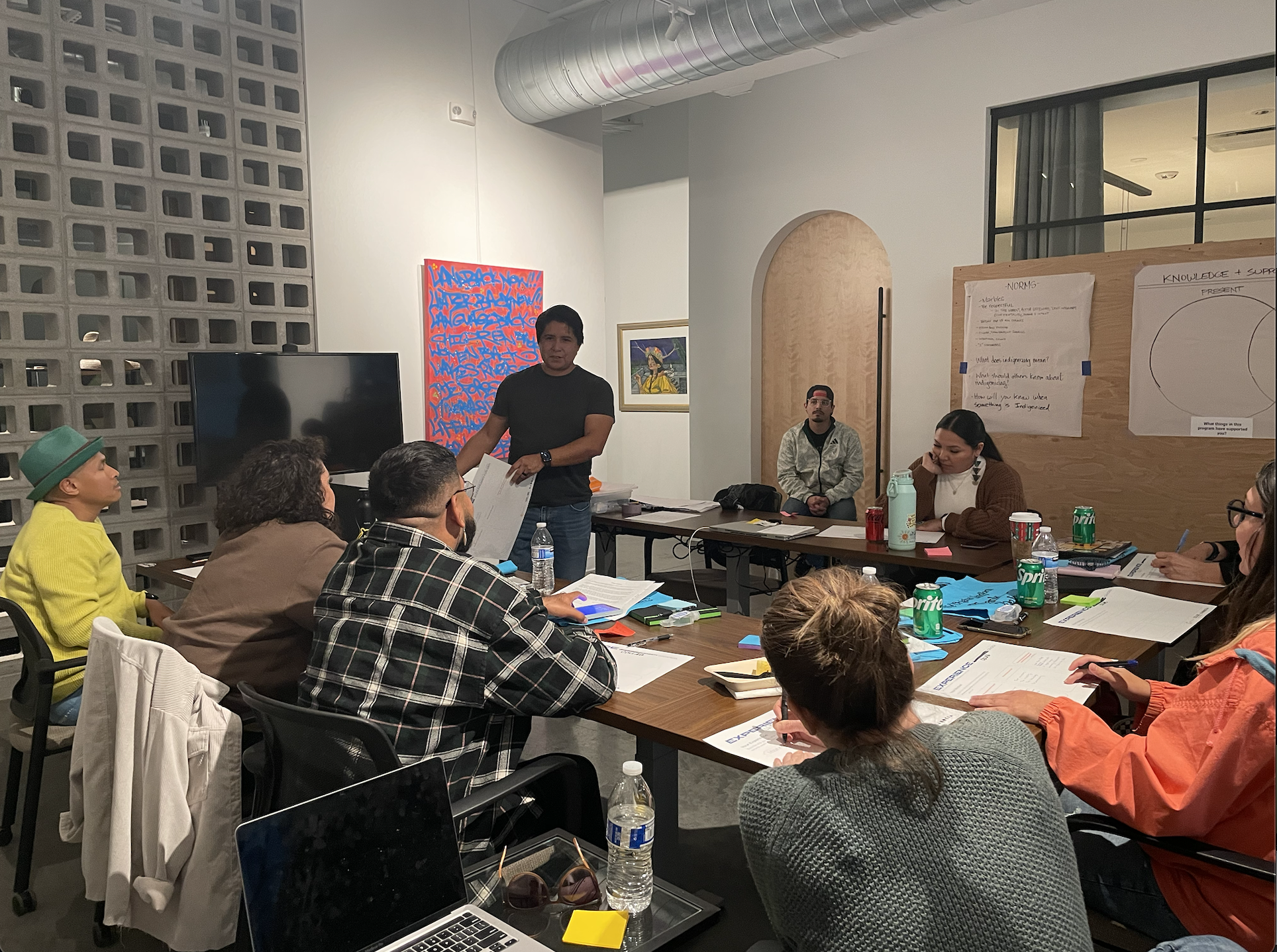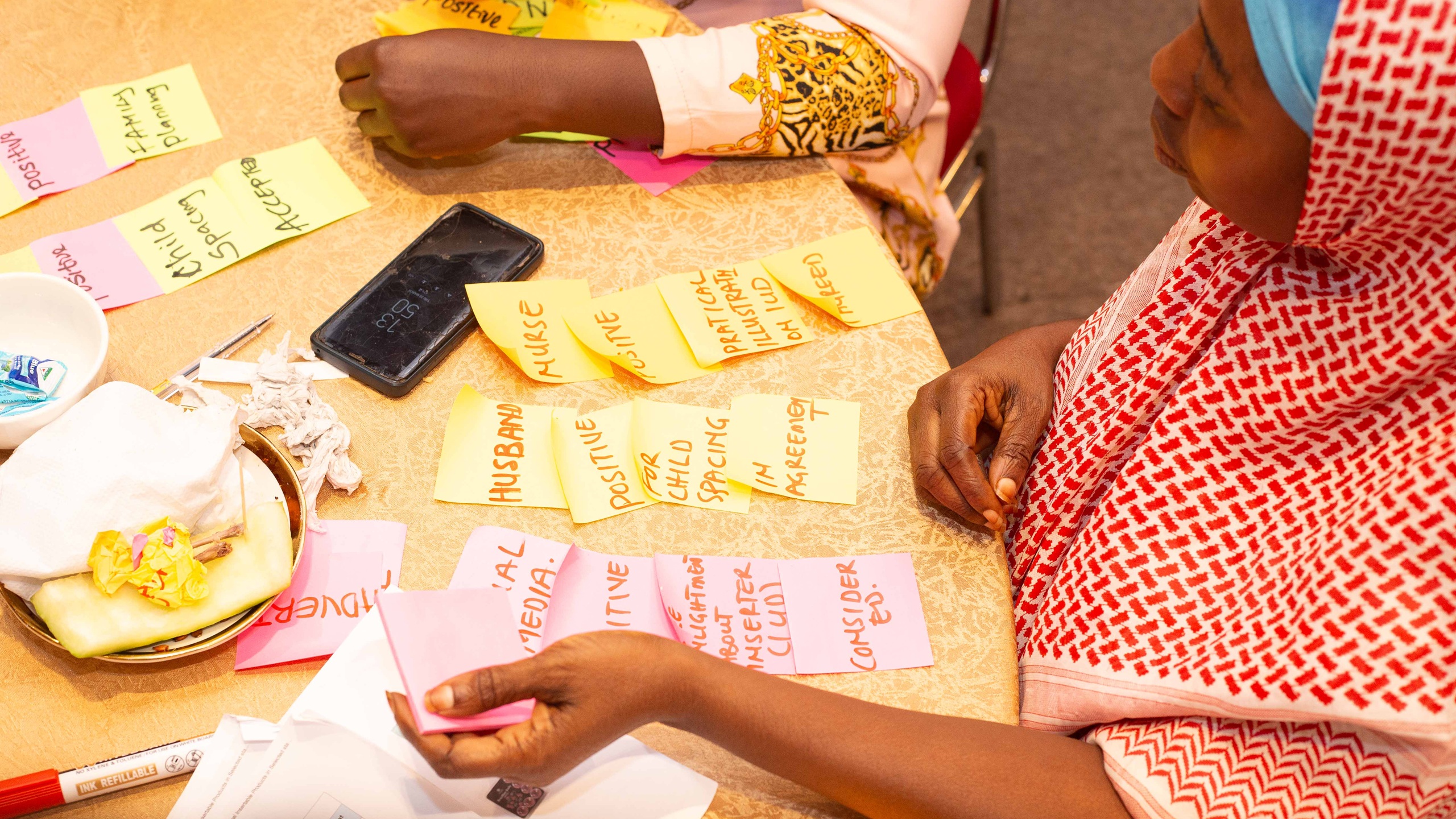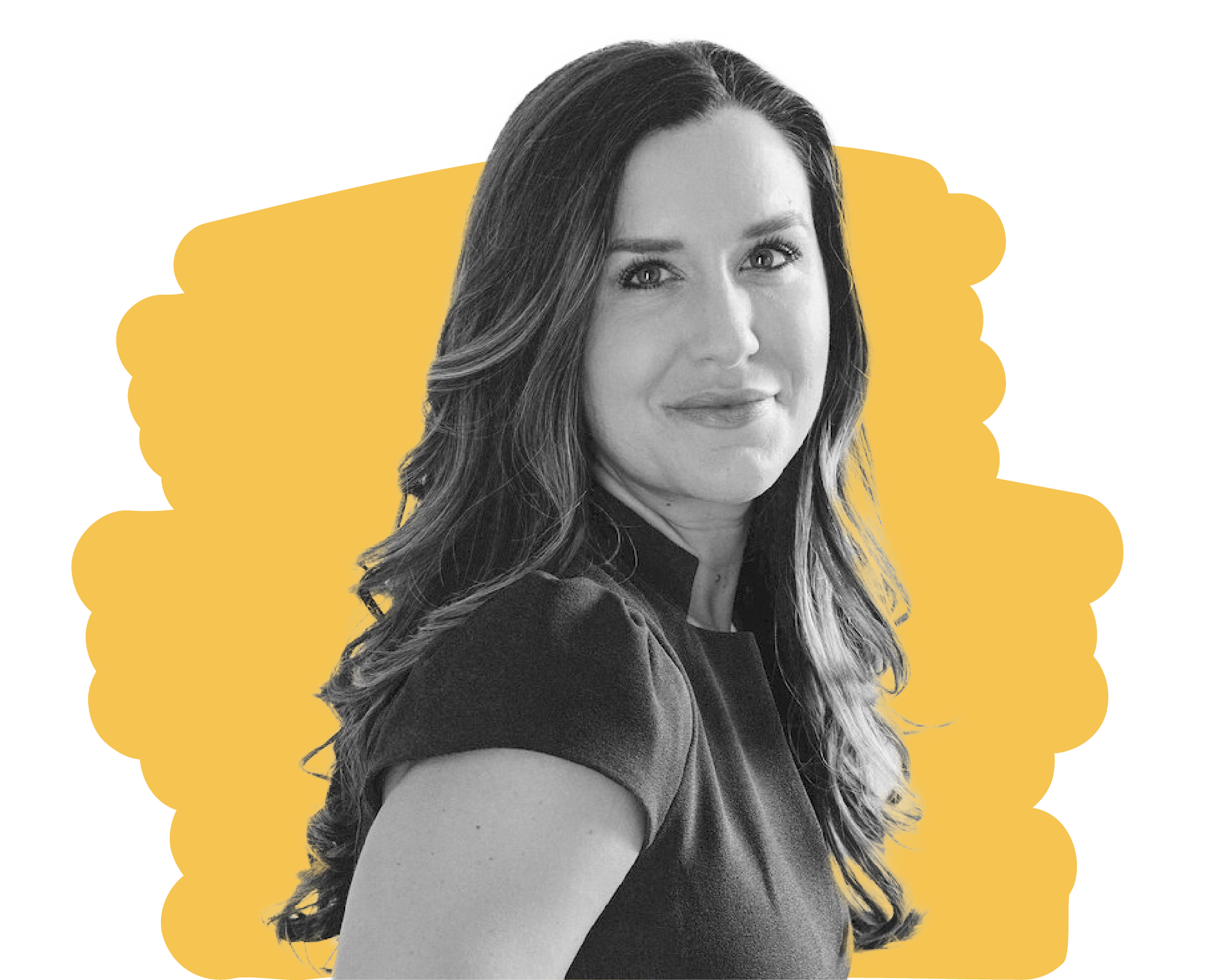Part 2: Community Leading the Design Process in Indigenizing Design

Catapult Design in partnership with a collective of Arizona-based Indigenous organizations, including CahokiaPHX, Brian Skeet Design LLC, and Indigenous Community Collaborative, worked to center Indigenous designers, creatives, and entrepreneurs by co-creating an Indigenizing Design Framework. This project was funded by the National Endowment for the Arts 2022 Design Grant.
This is the second blog post in a series of posts about the creation of the Indigenizing Design Framework.

Over the course of last year, we spoke to more than 90 Indigenous creatives and social entrepreneurs from urban and reservation-based communities from CahokiaPHX’s community in Phoenix, AZ to co-create a Framework for Indigenizing Design. Throughout this period, as we engaged in the process of building the framework for Indigenizing Design, we were also actively Indigenizing our own community-led approach to practicing Human-Centered Design (HCD). This blog post explores the key aspects of our learning: focusing on the initial change in roles, the value of a community-led process, and the use of facilitation as a tool for community empowerment.
Taking a Back Seat
This project’s collaboration demanded a fundamental mindset shift from usual HCD practices and the way designers approach their work, including de-centering themselves and their design processes, being more aware of the history and limitations of Western ideologies that have dominated the design practice, and recognizing and honoring diverse perspectives and ways of knowing, being, and doing. In HCD, designers are supposed to adapt participatory practices to ensure the lived experiences and voices of the community are represented accurately. Despite this, these practices are developed independently of the communities they are engaging. Often designers are leading the design processes, activities, and outcomes with limited community leadership or direction.
In this particular collaboration, we pushed the boundaries of the designer’s role as a facilitator in co-design projects. The role of the external designer moved to the other end of the spectrum. We experimented with how Catapult can support and guide the design process while ensuring that the community is leading, designing, and driving the process. This mindset shift established an equal relationship between the external designers and the community. Specifically, Catapult Design’s team of Non-Indigenous designers was explicitly acknowledged as external to the Indigenous community and played the role of amplifier and guide of the design process. Their activities and contributions included:
- Developing structures and scoping methods for CahokiaPHX and Catapult Design to utilize in defining the project goals, outcomes, and tasks.
- Designing a structured framework for workshop activities and agendas based on CahokiaPHX’s context and key research goals.
- Supporting (instead of facilitating) CahokiaPHX during focus group sessions.
- Catapult Design framed and facilitated a research synthesis structure that centered on community-driven decision-making with CahokiaPHX.
- Outlining the documentation of this process and project for Catapult Design and CahokiaPHX to co-build together.
By intentionally taking a back seat, Catapult Design functioned as the amplifier and guide of the design process, using our expertise to identify the methods, structures, and frameworks that best support the Indigenous community. This enabled our Indigenous Partners to provide input into all steps of the process such as scoping, facilitation, and synthesis ensuring that all voices were heard and participated in decision-making. Rather than being the primary do-er, we assisted CahokiaPHX in leading their community through the design process.
Community Leading the Process
The transition to a community-led process redefined the traditional design dynamic. With the CahokiaPHX project team–Melody Lewis, Brian Skeet, and Mike Webb–leading the design and research process, we were able to foster a closer connection with the community and foster their ownership over the design outcomes.
At the front and center of making decisions and leading the project direction, CahokiaPHX’s activities and responsibilities included:
- Co-creating the design process and facilitating the focus group workshop with the local intertribal community. The CahokiaPHX project team helped surface rich insights as there was an already existing sense of belonging and community trust in the group.
- CahokiaPHX’s guidance and participation were invaluable to the research synthesis process of the focus groups. As community members themselves, they were able to shed light on the mental models and back-stories of the data.
- Visualizing all the assets and leveraging visual language that celebrates Indigenous aesthetics.
- Building the Indigenizing Curriculum with feedback from Catapult Design and making all the final decisions on the language and content of the Indigenizing Markers, Ecosystem of Indigenizing, and Indigenizing Curriculum.
- Co-developing the documentation for this process and project with Catapult Design.
During the course of this project, Catapult Design followed CahokiaPHX’s pace and style of collaboration, allowing the community to set the tone for this project. By slowing down design’s traditionally fast-paced ways of working and stretching the Design Process and Project to almost double the original time scoped helped the project team be more purposeful in framing the problem and defining opportunities with our community partners. As a result, our community participants felt greater ownership over the process, leading to outcomes that were more relevant to their contexts.
Facilitation as a Tool for Community Empowerment
Our community partners facilitated the focus groups for their own community, creating a safe space for participants. Trust had already been established through previously existing relationships, and their shared sense of belongingness and context, so they were able to collectively engage in thoughtful reflection on what it means to Indigenize. The artifacts, activities, and facilitation guides that were co-designed with Catapult served as tools to support the facilitators in guiding the conversation and capturing data, but it was the relationship that the facilitators had with the participants that brought the conversation to life and gathered key insights and stories that shaped the Framework for Indigenizing Design.
The use of facilitation tools and methods allows designers to serve as a mirror, reflecting the interconnections between culturally implicit practices and creating a shared understanding and language. By responding to the demand of communities to ‘see’ and be ‘seen’ and ensuring that facilitation is ‘of’ and ‘by’ the community, design can support communities to craft their own narratives, thereby becoming a powerful agent of advocacy and capacity building. When we shared the Framework for Indigenizing Design with the community that engaged in creating it, community members expressed recognition and validation.
“Helping to develop this framework for Indigenizing Design has allowed me to understand how to better communicate and implement the foundation of Indigenous values that inform my worldview and behaviors. This work validates my community and myself by showing us that our traditional ways can be a tenacious force for building a more intentional society centered around community. I am ecstatic to see how other Indigenous communities and allies will add to this data, creating an ever-evolving web of Indigenized knowledge sharing.”
– Michael Vargas, Chickasaw/Xicanx
In defining Indigenizing, we hoped to illuminate to Indigenous practitioners that their identity and ways of being, thinking, and feeling are recognized. The inclusion and centering of Indigenous voices and knowledge to traditional Western disciplines, such as HCD, showcases how Indigeneity should be celebrated and how Indigenous practitioners can bring their authentic selves into these spaces. Indigenizing Design prioritizes design for and by Indigenous communities around the lived experiences of Indigenous people. Doing so enables Indigenous practitioners to feel greater ownership over their work because they can show up as their authentic selves and celebrate their cultural identities.
As designers collaborating with Indigenous communities, we have gained valuable insights from this project that will shape our work in the future. Indigenous people see knowledge as constantly evolving, not static. By designing solutions that consider the communities’ immediate needs and experiences, designers can build Generational Knowledge and create positive impacts that endure beyond the immediate context of the work and promote both ecological and cultural stewardship of our shared lands.
If you enjoyed this article on the ins and outs of building an Indigenizing Design Framework, check out our other posts in this four-part series: Post #1: Introducing an Indigenizing Design Framework.
To learn more information about the Indigenizing Design Framework and project, download and read the report. To learn more about how National Endowment for the Arts grants impact individuals and communities, visit www.arts.gov.


